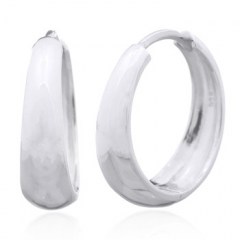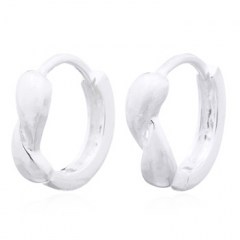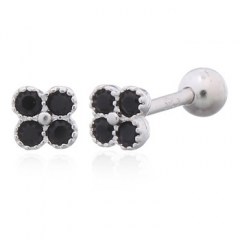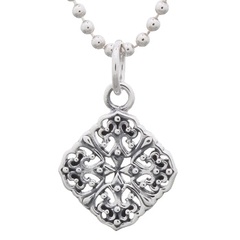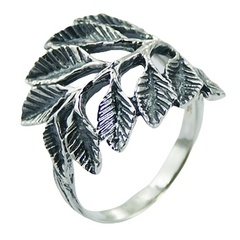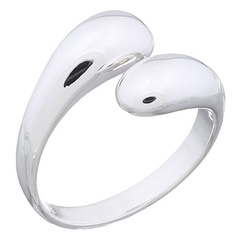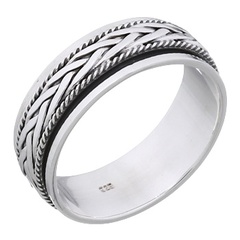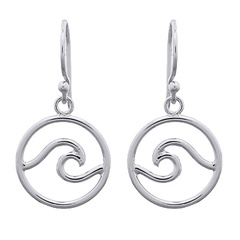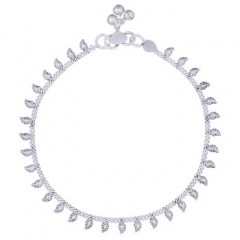Precious pearls give the wearer a feeling of luxurious and elegant style. Sophisticated jewelry of the given kind includes generous and gentle necklaces, statement rings, various earrings types as well as bracelets of many designs that are made to complement a range of outfits and become wonderful additions to the wardrobe. These facts will give you more interesting and useful information on pearls.
When people decide to shop for pearls they tend to be unaware of the fact that several types of pearls exist and become hesitant of choosing the best one. Once you have pearl jewelry, find how to care for it to preserve its quality.
As you are going to learn further, these two types of pearls have distinctive differences. You would also learn distinctive features of fresh-water and salt-water pearls – useful knowledge for a true jewelry lover.
What are natural pearls?
Let us start with distinguishing natural pearls in comparison to those made with human help – so-called cultured ones. Pearls belonging to different types are differently produced. Natural pearls get no human help and require quite exclusive circumstances to appear. They are harvested, cleaned, and added to jewelry sets.
The process of a natural pearl birth is fantastic, and here we will learn why. These pearls are formed organically and require special conditions and a long time. It happens accidentally that a pearl is formed in nature when an irritant gets inside the oyster’s tissue muscle. A grain of sand or dust can serve as an irritant triggering the defense mechanism that makes an oyster produce layers of secretions. And after some time, from six months to four years, the secretion becomes a pearl.
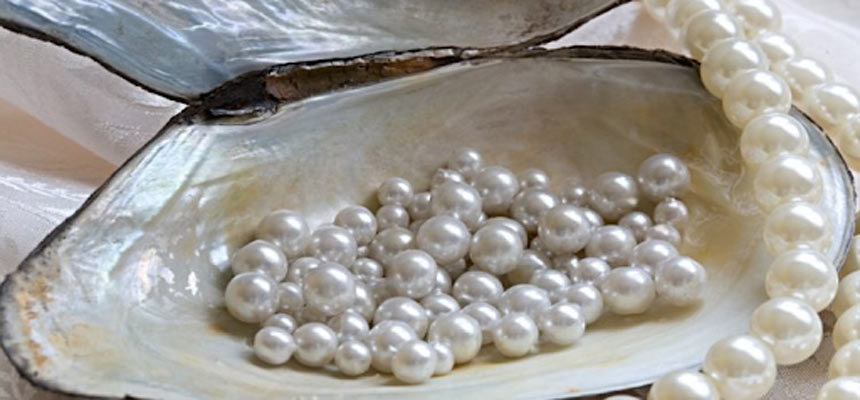
What are cultured pearls?
Cultured pearls are very popular nowadays, and their history starts in the 20th century. Natural pearls are extremely rare, so pearl harvesting made these gems accessible. Cultured pearls get strictly controlled in present conditions. A special irritant core is planted by a human into an oyster to be later surrounded by a pearl just like it happens for pearls of natural origin. Humans are supervising the culturing at every stage to ensure the perfect shape and luminescence.
Pearl harvesting is a time-consuming and difficult process, but the results are impressive. Pearl farmers work in remorse areas as pearls require fresh, unpolluted water. For about four years, specialists care for oysters, feeding them and ensuring appropriate conditions. Once the pearl is ready, farmers carefully extract the pearl and prepare the oyster for further pearl development. One oyster can produce several pearls and not one time for its lifespan if cared for properly.
Make sure you do not mistake an imitation pearl for a cultured one as those are absolutely different kinds. Imitation pearls are created with cheaper, sometimes even artificial materials. Their production does not take a lot of time while real pearls could take up to 6-7 years to be grown.
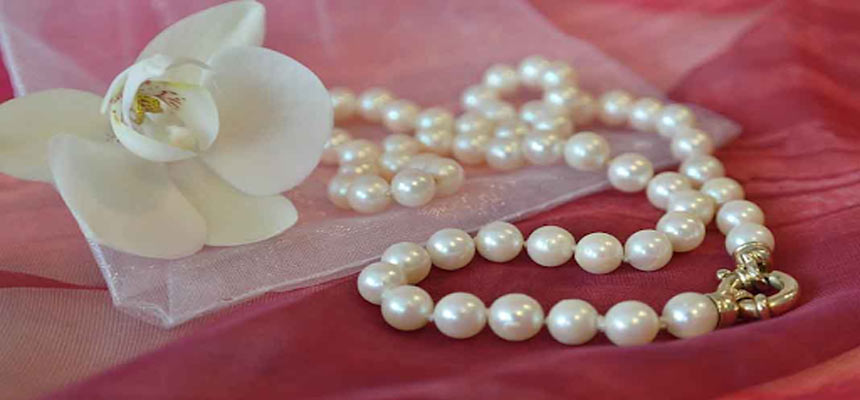
What are fresh and saltwater pearls?
Both types of pearls described above could have a fresh-water or salt-water origin. Those grown in freshwaters develop in mussels, while salt-water pearls are born in oysters. Saltwater pearls are rare and consequently more expensive. Besides, they have a shiny look and require no dying. Thanks to farming progress, freshwater pearls now have the same luster as saltwater gems.
When choosing a freshwater pearl, you will benefit from a diverse range of shapes, pastel colors, and soft luster. It’s believed that this pearl type is more durable and smaller in size.
Traditionally, saltwater pearls were considered the best quality pearl for necklaces, both in terms of their luster and beautifully rounded shapes.
Saltwater pearls exist in perfect shapes and are more expensive. The price is also high because of the Akoya mollusk used for harvesting these pearls in saltwater. We’ve already mentioned that their shape and luster are incredible, which makes saltwater pearls perfect for necklaces.
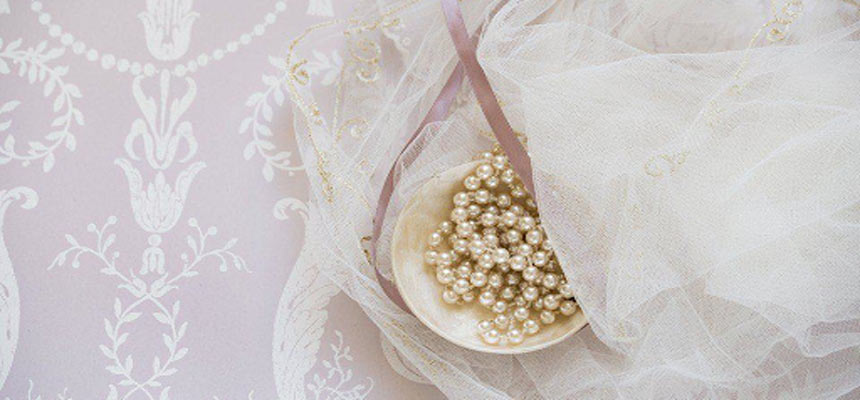
Which pearl is better?
Two types of pearls according to origin possess different features as well as expectedly to belong to different price groups. Variations of size and luminosity are noticeable though most pearls are stunning with their high-quality surface anyway.
Quality
It should be noted that a cultured pearl is real, and it has the same quality and properties as a natural gem. The only difference is in their formation as an irritant is placed inside the oyster with the help of humans. The development and growth of pears are identical, but cultured gemstones are under control and profound care. Technological advancements allow us to get even more quality pearls.
Price
When we talk about pearls affordability, the advantage is on the side of cultured pearls. Natural gems are very rare and it’s challenging to find them so the price is too high. Being wild and uncontrolled during the development period these pearls differ in shapes and sizes. Natural pearls are typically quite expensive because it is hard to locate them. Creating a kind strand of pearls could be an extremely difficult task as well so those jewelry pieces are considered to be expensive. Man-made pearls often share equal shape and size which downplays the level of their uniqueness but are ready to be bleached into various colors on the other hand. They might seem expensive as well but are nevertheless presented in a vast range of prices.
Accessibility
It is extremely difficult to find a natural pearl in the ocean, and it’s especially dangerous for divers. So it explains why we can hardly find a jewelry piece with a natural pearl. Cultured pearls are cultivated in special farms where every process is controlled, and farmers can yield great harvests if they care for oysters properly. Therefore, we have more cultured pearls, and their price is more accessible.
Conclusion
Now you know that almost all pearls in the market are cultured and there’s nothing bad about it. Natural pearls are rare and highly expensive while cultured gems are affordable and popular. Pay attention if a pearl was grown in fresh or saltwater that affects its properties. There is a rich variety of pearl decorations so choose your elegant jewelry.

